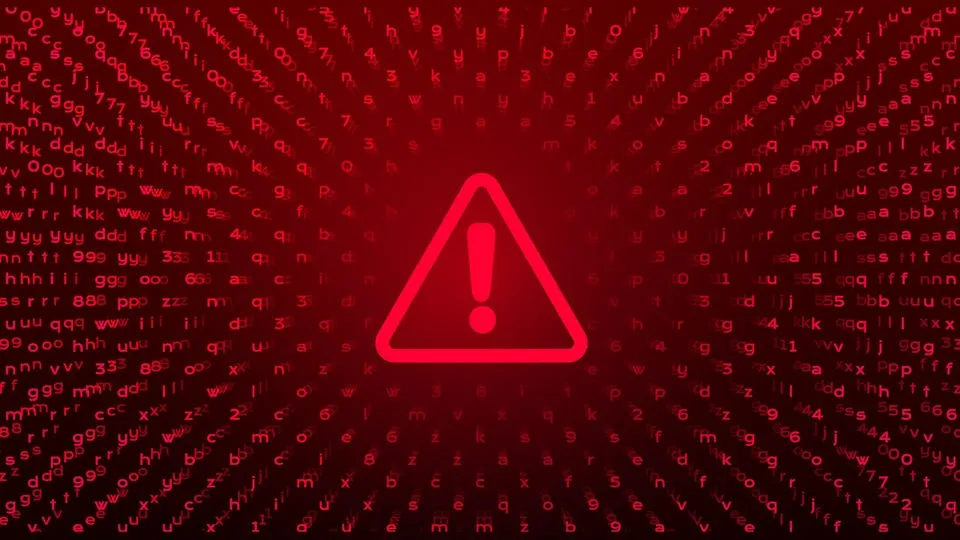In the world of cybersecurity, few threats are as dangerous and unpredictable as zero-day vulnerabilities . These hidden flaws in software can be exploited by attackers before developers even know they exist — leaving systems exposed and users at risk.
Understanding what zero-day vulnerabilities are, how they’re used in attacks, and how to protect yourself is essential for both individuals and businesses.
In this article, we’ll cover:
- What a zero-day vulnerability is
- Real-world examples and their impact
- How to mitigate risks before a patch is available
- Best practices for keeping your systems updated and monitored
Let’s dive in!
🧩 What Is a Zero-Day Vulnerability?
A zero-day vulnerability (or 0-day) is a security flaw in software or hardware that is unknown to the vendor or developer . Because it hasn’t been patched yet, attackers can exploit it to gain unauthorized access, steal data, or install malware.
The term “zero-day” refers to the fact that the developer has had zero days to fix the issue after it’s discovered — often because the attack happens before the vulnerability is publicly known .
🔍 How It Works:
- A hacker discovers a flaw in a software application.
- Before the vendor becomes aware, the attacker develops and deploys an exploit.
- The exploit is used to compromise devices, often without the user noticing.
- Once the vulnerability is discovered, the vendor releases a patch — but not before damage may have occurred.
📉 Recent Examples and Impacts
Several high-profile zero-day attacks have made headlines in recent years:
1. Microsoft Exchange Server (2021)
Hackers exploited four zero-day vulnerabilities to breach on-premises Exchange servers worldwide. Thousands of organizations were affected, including small businesses and government agencies.
Impact: Data theft, system takeover, long-term persistence within networks.
2. Apple iOS Zero-Day (2023)
A flaw allowed hackers to remotely install spyware through iMessage without any user interaction.
Impact: Devices were compromised silently — users didn’t need to click anything.
3. Google Chrome (2024)
Multiple zero-day vulnerabilities were found in Chrome’s V8 JavaScript engine, allowing attackers to execute malicious code through web browsing.
Impact: Millions of Chrome users were at risk until patches were released.
These cases show that no platform is immune , and even major tech companies can be caught off guard.
🛡️ How to Mitigate Risk Before a Patch Is Available
Since zero-day exploits are unknown until they’re actively being used, there’s no immediate fix. However, you can reduce your exposure with these proactive steps:
✅ 1. Keep Software Updated
Always install updates as soon as they’re available — many patches address known or emerging vulnerabilities.
Tip: Enable automatic updates where possible.
✅ 2. Use a Reputable Antivirus Program
Some advanced antivirus tools use behavioral analysis to detect suspicious activity that could indicate a zero-day attack.
Look for features like sandboxing, exploit protection, and heuristic scanning.
✅ 3. Enable Application Whitelisting
Only allow trusted applications to run on your system. This helps block unknown or malicious programs from executing.
✅ 4. Run Regular System Scans
Even if you don’t suspect an infection, regular deep scans can help detect hidden threats.
✅ 5. Monitor for Unusual Behavior
Watch for:
- Unexpected slowdowns
- Unknown processes running in Task Manager
- Unauthorized changes to settings or files
✅ 6. Use a Firewall and Network Monitoring Tools
Firewalls can block unusual outbound traffic that may signal an active attack.
🧹 Keeping Systems Updated and Monitored
Staying protected against zero-day threats isn’t just about reacting — it’s about maintaining good security hygiene regularly.
🔁 Best Practices:
- Set up automatic updates for operating systems, browsers, and apps.
- Use centralized patch management tools if managing multiple devices.
- Subscribe to threat intelligence feeds to stay informed about emerging risks.
- Back up your data regularly so you can recover quickly in case of ransomware or data loss.
- Review logs and alerts from firewalls, antivirus, and intrusion detection systems.
📋 Final Checklist: Are You Protected Against Zero-Days?
✅ Do you install software updates immediately?
✅ Are you using a modern antivirus with exploit protection?
✅ Have you enabled automatic updates for all critical apps?
✅ Are your firewall and network protections active?
✅ Do you monitor system logs or behavior for anomalies?
✅ Have you backed up important data recently?
🧭 Final Thoughts
Zero-day vulnerabilities are among the most serious threats in cybersecurity — not because they’re common, but because they’re difficult to detect and defend against until it’s too late.
While you can’t stop every zero-day attack, you can significantly reduce your risk by staying vigilant, keeping your systems updated, and following strong security practices.
By preparing for the unexpected, you give yourself the best chance to avoid becoming the next victim of a silent, sophisticated cyberattack.



